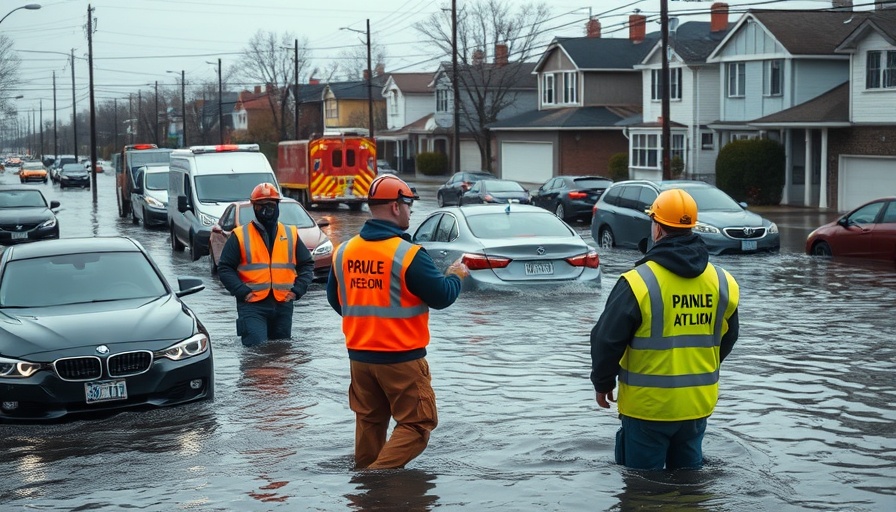
Understanding the Role of Government in Crisis Management
The recent catastrophic floods that swept across various regions of the United States have reignited the debate surrounding governmental redundancy in crisis management systems. While traditionally viewed as an inefficiency, these overlapping roles within federal, state, and local agencies are now seen by some experts as essential to enhancing response effectiveness during disasters. It becomes critical to assess whether a robust bureaucratic framework, often labeled as redundant, contributes positively to national resilience.
Historical Context: Lessons Learned from Past Disasters
Historically, the United States has faced numerous natural disasters, each revealing gaps in response strategies. The aftermath of Hurricane Katrina highlighted severe miscommunication and inefficiency among various governmental agencies. However, the lessons taken from such events prompted an overhaul that led to a more collaborative approach. The presence of multiple agencies played a crucial role in ensuring diverse capabilities were brought to bear when needed, illustrating that redundancy can be beneficial.
Current Events: Analysis of Recent Flood Responses
In light of recent flooding incidents, agencies such as the Federal Emergency Management Agency (FEMA) and state legislatures made swift decisions to deploy resources aimed at mitigating damage and assisting affected communities. This responsiveness can be credited, in part, to the redundancy that exists within these systems, allowing for a quicker mobilization of varying levels of government support. Experts argue that without such discrepancies in organizational structure, the speed of response could have been significantly hampered.
Counterarguments: Views on Bureaucratic Inefficiency
Opponents of government redundancy argue that this complexity can lead to delays and confusion, with agencies stepping on each other's toes, leading to a lack of accountability. For instance, in the case of flood management, there's an inherent risk that vital messages about evacuation or safety may be miscommunicated, resulting in public apathy or, worse, tragedy. Balancing efficiency with adequate oversight remains a tightrope walk that policy makers must navigate.
Actionable Insights: What Can Be Improved?
Moving forward, it is essential for lawmakers and agency leaders to find a synthesis between structure and function. By streamlining communication channels among emergency management teams, overlapping jurisdictions may become less cumbersome. Innovative training programs that promote inter-agency collaboration can also ensure that different levels of government work together more effectively during crises. Embracing technology, such as integrated communication systems, can further refine how agencies interact and respond.
Looking Ahead: Future Predictions for Climate Resilience
The conversation about redundancy in government takes on an urgent tone as climate change amplifies the severity and frequency of weather-related disasters. A foresighted approach would advocate for the continued support of emergency management programs while pushing for legislative reforms that enhance government efficiency amid redundancy. Incorporating climate resiliency measures into the existing framework will not only prepare various communities for potential catastrophes but also frame this redundancy as an asset rather than a hindrance.
Final Thoughts: Redefining Government Efficiency Post-Disaster
As the effects of extreme weather become more pronounced, it is imperative to rethink the narrative surrounding government redundancy. The dual roles of agencies need to be perceived not merely as overlap but rather as a safety net that can save lives during unexpected storms. Future discourse should focus on enhancing governmental capacities while embracing necessary redundancies to cultivate an agile, prepared nation.
 Add Row
Add Row  Add
Add 




Write A Comment